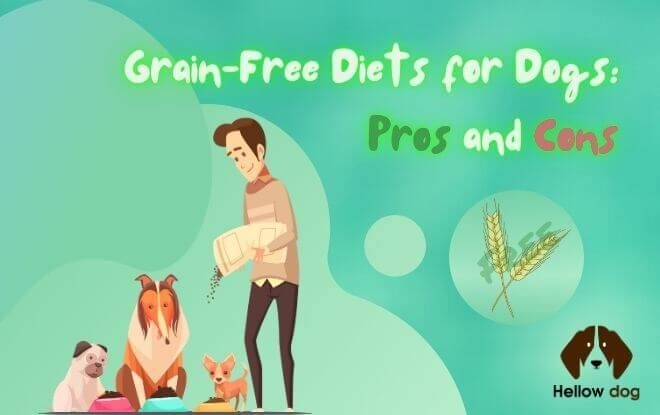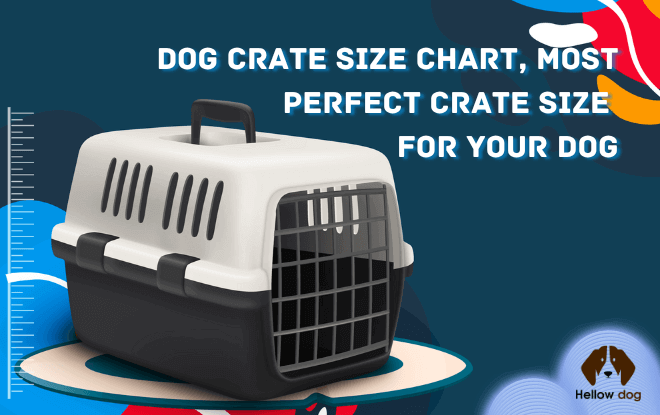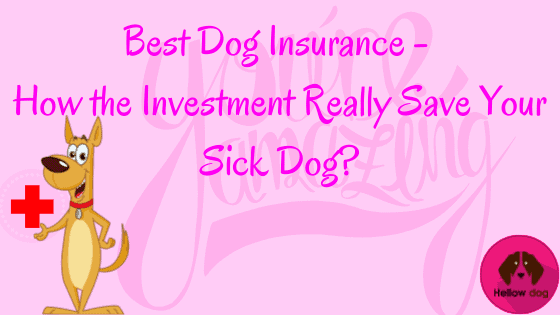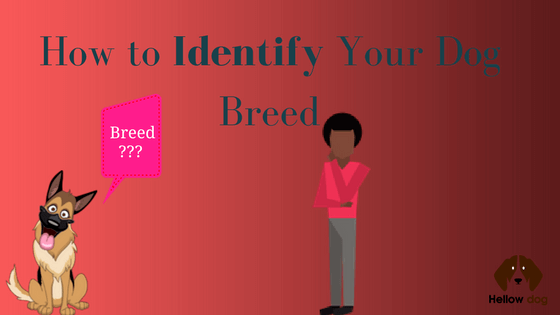Let’s start with this simple fact…
Your dog should eat a grain-free diet.
It’s obvious. And it’s true. But if you’re one of the amazing people out there who truly understands canine nutrition, then you know that “grain-free” is an incredibly misleading term.
Grain-free tells us one thing about a given diet: that it contains no grains. And this is important. Dogs don’t need grains like wheat and barley. They’re low-cost fillers that are only included in dog food to cheapen the manufacturing cost and make the process of binding kibble easier.
So yes, your dog’s diet should be grain-free. But the term, “grain-free”, alone tells us absolutely nothing about the overall nutritional quality of the food! In practice, the term is simply a marketing phrase that exists to fool well-intentioned pet parents into feeding their dogs an inferior diet.
Grain-Free Diets and Dilated Cardiomyopathy (DCM)
If you follow canine nutrition, you know that in June 2019, the Food and Drug Administration (FDA) released a statement that they were investigating a “potential link between certain diets and canine dilated cardiomyopathy”.
Everyone familiar with this investigation knows that the “certain diets” referenced in this headline are grain-free diets. But what you might not know is WHY grain-free diets are being implicated in canine DCM. The reason is because of an important amino acid called taurine.

Taurine and DCM
Taurine is an essential amino acid for dogs – meaning that they need sufficient dietary taurine to live. That’s because taurine is a critical component of a dog’s eyes, reproductive capability, fat digestion, and heart muscle. And the heart muscle component is especially important to canine DCM.
Dilated cardiomyopathy is a condition where the heart is unable to efficiently pump blood. The pathology often starts when the left ventricle becomes weakened and/or enlarged. This can lead to an overall weakening of the other chambers of the heart as well.
Canine DCM correlates with low serum levels of taurine. And while the exact pathology of taurine deficiency and canine DCM is unknown, the thinking is that when dietary taurine is insufficient, the heart muscle weakens. And the weakening of this heart muscle over time can progress to canine DCM – a potentially fatal condition for any dog.
Taurine Deficiency and Grain-Free Diets
Here’s something to keep in mind: if a diet is grain-free, that doesn’t mean it’s insufficient in taurine. However, many grain-free diets are insufficient in taurine. And here’s why…
Many grain-free dog foods use inferior protein sources like pea or soy protein. And this simple protein choice can cause major problems – as these protein sources are often insufficient in taurine and other essential amino acids.
Like you, your dog needs animal-based protein. There’s no way around it. That’s because animal-based protein is rich in essential amino acids like methionine, valine, leucine, isoleucine, and taurine.
Take special note of the way I phrased that. I say “rich in essential amino acids” for a reason. And that reason is this: the amount of these amino acids is just as important as the mere presence of them.
In the human and canine world, many products label their soy or pea protein products as being “complete” proteins. And that’s because these protein sources do contain all essential amino acids. However, the problem is the actual amount of these essential amino acids – which is significantly lower compared to animal-based protein.
If you want your pup to live a happy, healthy life – and enjoy all the benefits of optimal nutrition, you need to give them an optimal diet. And while all of this can be confusing, I’m here to help with some simple solutions. Here’s how to choose the right grain-free diet for your dog.

Choosing the Right Grain-Free Diet
There’s more to an optimal diet than simply being “grain-free”. To give your dog the lifelong benefits of optimal canine nutrition, you need to look at the entire nutritional profile of a food. Here’s how to evaluate the best grain-free diet for your dog.
Feed Fat and Protein – Not Carbs
The most important rule of canine nutrition is this: feed fat and protein – not carbs. If you follow this rule, you won’t have to worry if a given food is grain-free. Because you’ll be selecting practically carb-free foods.
Dogs have no nutritional need for carbohydrates. That’s why you’ll never find the carb percentage of pre-packaged dog food listed on the bag. And this lack of labeling requirement has led to the current state of canine nutrition today – where almost every food on the shelf is packed full of sugars and other easily digestible carbs.
It makes sense
Carbohydrates are cheaper than both fat and protein. And the molecular properties of carbs make them extremely easy to work with from a manufacturing standpoint. They absorb water, they bind together easily, and the more carbs you use – the lower the production cost is for your unhealthy dog food!
If you want to feed the cheapest food possible, then go ahead and find carb-heavy food. You can even find some grain-free options that are over 40% carbohydrates if you want to feel a false sense of satisfaction with your choice.
But if you want to give your dog all the benefits of the best possible diet, then you need to feed a low-carb dog food.
I feed Visionary Pet. All of their products are high in fat and protein – and extremely low in carbs. And because they (somehow) created a very low-carb dry food that satisfies my stringent nutritional criteria – I have an easy pre-packaged option I can feed for life!
If you prefer to make your dog’s food at home, that’s a great option too! You can source ingredients and do the math yourself – which isn’t too difficult. Or, you can use an online calculator by KetoPet.
If you calculate the diet yourself, I’d aim for a diet that is around 60% fat and 40% protein as a percentage of total calories. You don’t need carbohydrate content to be 0, but I would not recommend feeding any diet long-term if it’s 5% carbohydrates or more as a percentage of total calories.
In general, there are plenty of ways you can feed your dog with an optimal diet. You just need to be aware of the macronutrient content and make the right choice for your dog.
- Evaluate the Ingredients
While macro-nutrient breakdown is the most important thing to look for when evaluating a grain-free diet for your dog, the ingredients that make up the diet are almost as important. And that’s because – as mentioned above – protein quality is incredibly important. Especially when it comes to what we feed our dogs!
- Check the Protein Source
The first thing to check is the source of protein in the food. If the protein is 100% animal-based, that’s a great sign. If you see things like pea or soy protein, it’s time to put the bag down and check out another food.
- Look for Hidden Carbs
As stated above, the carbohydrate percentage won’t be listed on the bag. So you’ll need to do some research into the ingredients to determine roughly how much of the food is carbs.
Ingredients are listed in descending order by weight, so look for any carbohydrates like corn, peas, lentils, sweet potato, blueberry, etc., and notice where they are on the list. If the food contains a lot of carb-based ingredients, or if there’s a carbohydrate-based ingredient high in the list, it’s time to move on to another food.
- Evaluate Cost Per Calorie
With the rise of online shopping, much of the focus is on cost concerning weight. People will see dog food that’s $3/lb and food that’s $5/lb, and assume with complete certainty that the $5/lb is a more expensive food to feed their dog. But don’t be fooled – because the cost per pound does not always tell the full story.
Low-carb foods are higher in fat. And fat has over twice as many calories per gram than a gram of carbs! The amount of food you feed your dog is ultimately a product of their caloric needs, so this higher fat content matters when it comes to the actual price you pay to feed your dog.
Take Visionary Pet for example. Their keto beef dry food is roughly $3.80 per pound. This makes it one of the higher-priced dog foods in terms of cost per pound. However, when we factor in that each cup of Visionary has over 50% more calories per cup than the standard dog food, they’re one of the most cost-effective foods on the market!
To evaluate the cost-per-calorie of given dog food, simply take the price per full bag and divide that by the total calories in the bag. All dog food bags will list calories in some form or another, so..with some simple math, you should be able to make this calculation.
Once you know the cost-per-calorie of dog food, you’ll know the true daily cost to feed this food to your dog.
Pros and Cons of Feeding a Grain-Free Diet
As you may have noticed by now, the title of this article is a bit misleading. And that’s because it’s impossible to discuss the pros and cons of feeding a grain-free diet without knowing exactly what the nutritional quality of that specific diet is.
However, if you use the knowledge contained in this article, you’ll be well-equipped to understand why some grain-free diets can be detrimental to your dog, and how to feed the best diet for lifelong health. And if you want one lesson to close on, here it is…
Feed your Dog Fat and Protein – Not Carbs.
OUTLINE:
What is a grain-free diet?
- Grain-free doesn’t tell you anything about the nutritional quality of the food. It just tells you that the food doesn’t have grains
- Some grain-free foods have been implicated in DCM due to taurine deficiency. That’s because these foods use inferior protein sources like pea or soy protein
Pros and Cons of a grain-free diet
- Depends entirely on the diet. So let’s look at how to choose the best grain-free diet
Choosing the Right Grain-Free Diet
- Macros First
- The optimal diet for a dog contains mostly fat and protein – and very low carbohydrates. Focus on this first
- Ingredients







